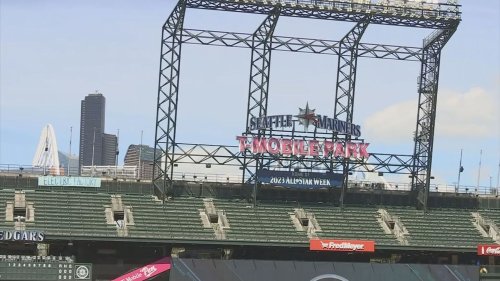

If this team doesn’t reverse course, drastic changes could be in order between now and the trade deadline. The starting pitching has been a huge disappointment through each of their first six starts, not a single White Sox starter had an ERA under 4.00: Dylan Cease (4.58), Mike Clevinger (4.60), Lucas Giolito (4.15), Michael Kopech (5.97) and Lance Lynn (7.16). Colás was optioned back to the minors last week after starting the year just 17-for-76 while making poor defensive decisions in the outfield. and Oscar Colás are just not developing as quickly as expected. They are not a good defensive team and their young hitters such as Eloy Jiménez (on the IL after undergoing an appendectomy), Luis Robert Jr. The White Sox (12-23) are once again dwindling in the standings and general manager Rick Hahn is taking the blame, which he should at this point. The White Sox hoped that changing managers from Hall of Famer Tony La Russa to rookie manager Pedro Grifol would make a difference, but it hasn’t. They could end up being a headliner of this trade season.

The Cardinals are hoping to orchestrate an in-season turnaround like the Phillies did last year and the Nationals did in 2019, but the difference between them and those teams is they don’t have the starting pitching to do it, which means they’re a team to watch on the trade front. They have position-player depth throughout the organization and several solid pitching prospects en route to the majors. The Cardinals are in a precarious position but certainly have a lot to trade at both the major- and minor-league levels. The Cardinals will listen to offers for outfielders Tyler O’Neill (injured list), Dylan Carlson, Lars Nootbaar, Alec Burleson and Juan Yepez (recalled last week), but so far no team has knocked down the door with a starting pitcher deal that moved the needle. Their most productive outfielder, Jordan Walker, was optioned to the minors last month, and he’s untouchable anyway. Trading from their plethora of outfielders to improve the rotation makes sense until one sees that most of them are underperforming. Also, making this move now eliminates any chance they’d have of dealing him. After signing Contreras to a five-year, $87.5 million contract this past winter, just six weeks into the season they’re essentially admitting they made a huge mistake. It’s embarrassing, to say the least, for the Cardinals. What might each of them do once the trades start to flow? Cardinals First, let’s look at compelling cases of the Cardinals, White Sox and Giants. The month of May will provide a clearer picture, but as baseball builds toward an active trade market, here are three teams and eight players I’m tracking. Yes, it’s early, but all three appear to be good enough to remain in contention at least through the All-Star break. 1 trade deadline to figure out which way to go.Īnother factor this trade season is that several unexpected postseason contenders have entered the fray, including the Pirates, Marlins and Rangers. None of them will need to wait until the Aug.

They are all expected to be “sellers” whenever they decide to start pulling the trigger on deals. I also get the impression trade activity could start earlier than usual this year, especially because there are so many teams with little hope to contend, such as the A’s, Royals, Reds, Nationals, Rockies and Tigers. Will those teams try to make trades to improve their current rosters and turn things around this year, or perhaps start to contemplate bigger changes with an eye toward the future? My guess is it will be the former for all three clubs, but regardless of the path each takes, they’re going to be intriguing teams to watch when the trading begins. The slow starts by the Cardinals, White Sox and Giants are among the interesting elements of this year’s trade season.


 0 kommentar(er)
0 kommentar(er)
